Artesian Well Guide - Proper Workings and Must-Know Facts
By Editorial Team
Updated on January 31, 2025

While artesian wells are often the preferred choice for a cottage’s water supply, they have a slew of noteworthy yet overlooked features.
Compared to a surface well, an artesian well system offers landowners a cleaner and more reliable source of drinking water. However, it comes with distinct components and is subject to specific regulations.
Reno Quotes has compiled the following guide to help answer all your related questions.
What Is a Home Artesian Well, and What Happens to the Water Collected?

Photo: Wikipédia
In a nutshell, artesian wells are engineered to access groundwater by tapping into an aquifer. The water is found between two layers of water-bearing rock or sediment, aligning with the water table at depths ranging from 50–70 metres deep.
The depth of artesian wells is determined by the available water flow, which varies by region and typically ranges from 450 to 600 litres per metre.
The static water level—the undisturbed water inside the well after a period of no pumping—typically ranges from 3–10 metres below the ground’s surface.
Anatomy of an Artesian Well: Parts and Components
Drive shoe: Found at the base of the bentonite structure, surrounding a steel pipe, the drive shoe anchors the entire structure into the ground, ensuring its stability.
Protective casing: Albeit not always a feature, its installation is mandatory when the ground is deemed unstable and landslides risk damaging the structure.
Connection points (welding joints): They join the steel casing's different sections, each of which can't exceed 6 metres in length.
Steel casing: It's the main casing inside which water flows before rising to the surface.
Supply pipe: This pipe ensures water supply to the house in question.
Pump: It’s the device that allows water to rise to the surface.
Bentonite: Bentonite is a mineral used to seal the well when necessary. The bentonite must be 5 cm thick around the steel tube’s circumference to be effective. Moreover, it must span at least 5 metres of said pipe.
The Primary Causes for Concern About Artesian Wells
Our climate being what it is, a frequently asked question about artesian wells is the device’s capacity to function efficiently through harsh winters without freezing. While having certain restrictions about it is completely valid, there aren’t any real causes for concern: while the tube found between the tank and the well may freeze, the trench is typically deep enough (roughly 4 feet) to prevent the water from freezing during the winter.
Naturally, a water shortage makes for a legitimate source of concern. Yet, it’s not a cause for pause. The sole drawback that may occur is a weakened flow during peak hours if your neighbours are tapping into the same water source as you. If so, you may bypass it by using hydrofracturing to increase the rate at which water flows.
How to Fill a Well, Courtesy of Hydrofracking
Hydrofracturing, or hydrofracking, is a process by which a great deal of water pressure is injected into the ground, creating fractures, which are new, lateral pathways, allowing water to flow toward the well, and by doing so, increasing the water flow rate.
Note that hydrofracking can only be done in rock formations, and is typically a measure reserved when digging more than 300 feet deep doesn’t allow for finding a sufficient source of water. The water should be pumped after 24 to 48 hours post-hydrofracking to assess the speed of the water flow rate.
What Are the Advantages of Artesian Wells? Examples and More
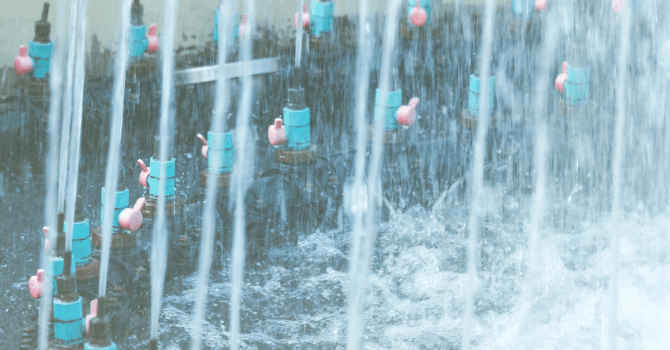
Source: Canva
Artesian wells have a slew of advantages.
Offset a Water Shortage
First, note that such a device will increase the value of your house while providing a stable source of water, year-round. Given that the well extracts water straight from the water table, it also means having access to large quantities of water at all times.
Water Quality
Moreover, the quality of the water pumped from your artesian well is of superior quality compared to that issued from a surface well. Given that the water flows underground for longer stretches purifies the source and eliminates bacteria. The latter is achieved because water extracted from a well at significant depths goes through a longer filtration process.
Artesian Well vs. Surface Well
Note that an artesian well can be built in all types of soils, and makes for a safer solution compared to surface wells.
Low Maintenance
The care and upkeep of an artesian well is rather minimal. As such, it’s worth noting that a chlorine-based treatment once a year is highly recommended to prevent potential contamination risks. Lastly, bear in mind that having an artesian well means bypassing all municipal water taxes.
How to Install an Artesian Well: Drinkable Groundwater

Source: Canva
Assess Your Water-Related Needs
The first step to building an artesian well is assessing your water-related needs, which will vary based on a slew of different factors, such as:
Size of land to water
Number of bathrooms
Number of appliances and frequency of use
Number of dwellers
Whether or not there’s a pool
Drill Underground: The Artesian Aquifer
To set the stage for this important step, note that the area where you choose to dig has to comply with municipal regulations. Then, a situation-specific assessment is done to determine the drilling technique that best suits your situation, including the operation’s degree of complexity.
A permit request must be submitted to the municipality in question a few days before the project’s start date and when drilling can commence.
When the work is set to begin, drilling (hydrofracking if need be) will allow you to ascertain the water flow rate and whether it suffices, meeting your needs. Should it not suffice, the issue can be resolved by using the water reserve in the well, which should amount to 1.2 gallons per foot (for a 6-inch well).
Once the drilling process is carried out, the water that’s pumped out of the well should be analyzed and tested to ensure it can be safely consumed.
Install a Pump and Tank
The logical next step, post-drilling, consists of connecting the water supply to your house. The depth of the trench will be determined by the need to prevent the water from freezing during wintertime, addressing any related concerns.
Then, the pump will be installed inside the well and hooked onto the storage tank, which is found inside the home in question. The entire process of installing an artesian well shouldn’t take more than a few hours, provided nothing goes awry.
Current Regulation Respecting Well Building
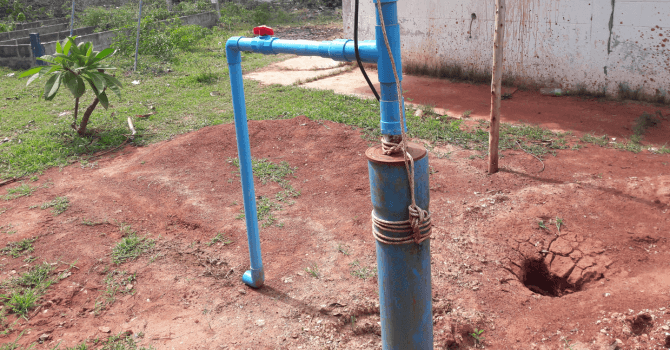
Source: Canva
Location of Well
Note that your artesian well can’t be drilled just anywhere. It must be at least 30 metres from:
Raising or storage facility
Cemetary
Animal manure storage facility
Composting area
Unsealed wastewater system
As for an unsealed wastewater system, note that you can stray from the previous rule and build a well 15 metres from a septic drain field. However, you can only do so if an industry professional installs a flange sealant around the well.
In other words, if the wastewater system is sealed, the regulatory rule to abide by can be limited to 15 metres, without the need to have a flange sealant installed.
Back to the limits imposed regarding the location of an artesian well, note that such a device can’t be built in a flood plain with a 20-year flood recurrence or in a flood plain where recurrence over a 20-year and 100-year period is unknown unless the work commissioned is part of replacing an existing system.
There are exceptions to all rules, however, having a flange sealant applied by a professional is mandatory.
Reception of Permit
On another note, bear in mind that you must be given a municipality-issued permit to drill, build, change, or replace a well. Proof of permit must be provided to the hired contractor before the work start date.
Also, your well water should be tested by the Ministère de l’Environnement et de la Lutte contre les changements climatiques within the 30 days following its construction and installation of devices allowing for water sampling and testing. The well should first be disinfected and then a sample of the water within sent.
Mandatory Routine Checks
Remember to check that no stagnant water accumulates near the steel pipe, that the tank cap is in good shape, and that there’s a slight slope of at least 1 metre around the well’s entry point.
Lastly, allow constant access to the well site and its components to sample water and perform maintenance, inspection, repair, and disinfection tasks.
No matter how it’s built, an artesian well must include a 3-metre protection radius. No installation or building must be found within said radius. Contact your city’s Urban Planning department for information regarding the minimum clearance between an in-ground pool and an artesian well.
How Much Does an Artesian Well Cost?
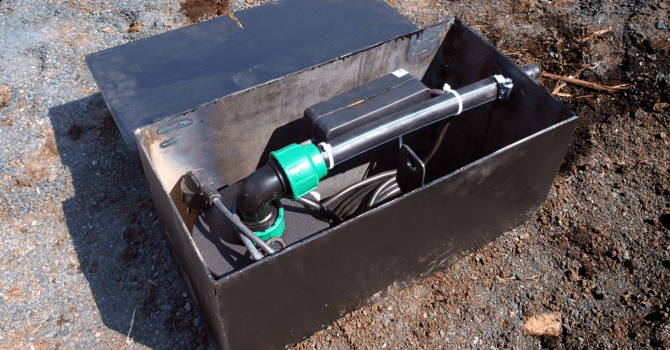
Source: Canva
The cost of an artesian well varies based on several factors. However, in terms of ballpark figures, price points typically range from $8,400 to $12,000. Naturally, we highly recommend getting three quotes from certified contractors to get a better idea of potential project costs.
The Cost of an Artesian Well: Price-Affecting Factors
The cost of an artesian well varies based on many factors, including:
Water shortage: Insufficient water supply will require hydrofracking.
Type of pump system used: Using a conventional pump or a constant pressure system can impact the price of the device.
Materials used: Using a drive shoe can be more expensive.
Soil and ground conditions: If the ground is unstable, a steel pipe or PVC sleeve will likely be required to stabilize the structure.
Jobsite access: If the well is in an access-restricted area, having an access zone with a minimum clearance of 13.6 feet under electrical wires is paramount. The area should be 14 feet wide and free of any obstructions (rocks, trees, etc.) and allow for a drilling area of at least 16 ft. wide by 55 ft. long and 45 ft. high.
Your water-related needs: This might entail digging deeper if the water supply is deemed insufficient.
Borehole dimension: Hinges on your well’s purpose and your household needs.
Drilling depth: Steel pipe footage and drilling depth required.
FAQ About Artesian Well Installations
Why seal a well?
Several case factors justify sealing a well:
the well is less than 15 metres from a septic tank;
the well is less than 30 metres from a treatment system; and
the water-bearing rock (aquifer) is less than 5 metres from a treatment system.
How deep should an artesian well be?
The depth at which an artesian well is drilled depends on local geological conditions, including hydrogeological conditions and water-specific needs. In general, artesian wells are drilled at depths ranging from 100 to 500 feet, while in some regions, reaching an adequate aquifer might require drilling much deeper. Deep artesian wells provide a superior water flow rate and a better quality of water, but ultimately, optimal depth hinges on geolocation.
How do you clean an artesian well?
Cleaning an artesian well is a delicate process that requires the know-how of a qualified professional. It typically involves removing obstructions, sediments, and built-up residue, which is essential to maintaining the well’s proper functioning and water quality. Professionals use various techniques, including scrubbing, power washing, and well-specific chemical products to eliminate contaminants. Regularly cleaning an artesian well prolongs its lifespan and ensures a reliable water supply.
How long do artesian wells last?
An artesian well's lifespan will vary based on several factors. It includes the build’s initial quality, regular maintenance, local geology, and water needs. As a general rule, a well-built and properly maintained artesian well can work efficiently for several decades, maybe more. Some well-maintained artesian wells have a 50-plus-year lifespan. However, routinely checking the state of the well, testing out the water quality, and planning proper maintenance is essential to maximize its longevity.
*Special thanks to Les Puits du Québec.
Looking for something else?
Related articles
The latest industry news, interviews, technologies, and resources.

Editorial Team
•17 Jan 2025
Has your son or daughter grown up a lot and their childhood bedroom isn’t cutting it anymore? Well then, it’s about time to redecorate their slice of heaven to revamp their bedroom according to their personality and the young adult they’re quickly becoming. Here are some ideas to serve as inspiration for your teenager’s future bedroom design project!
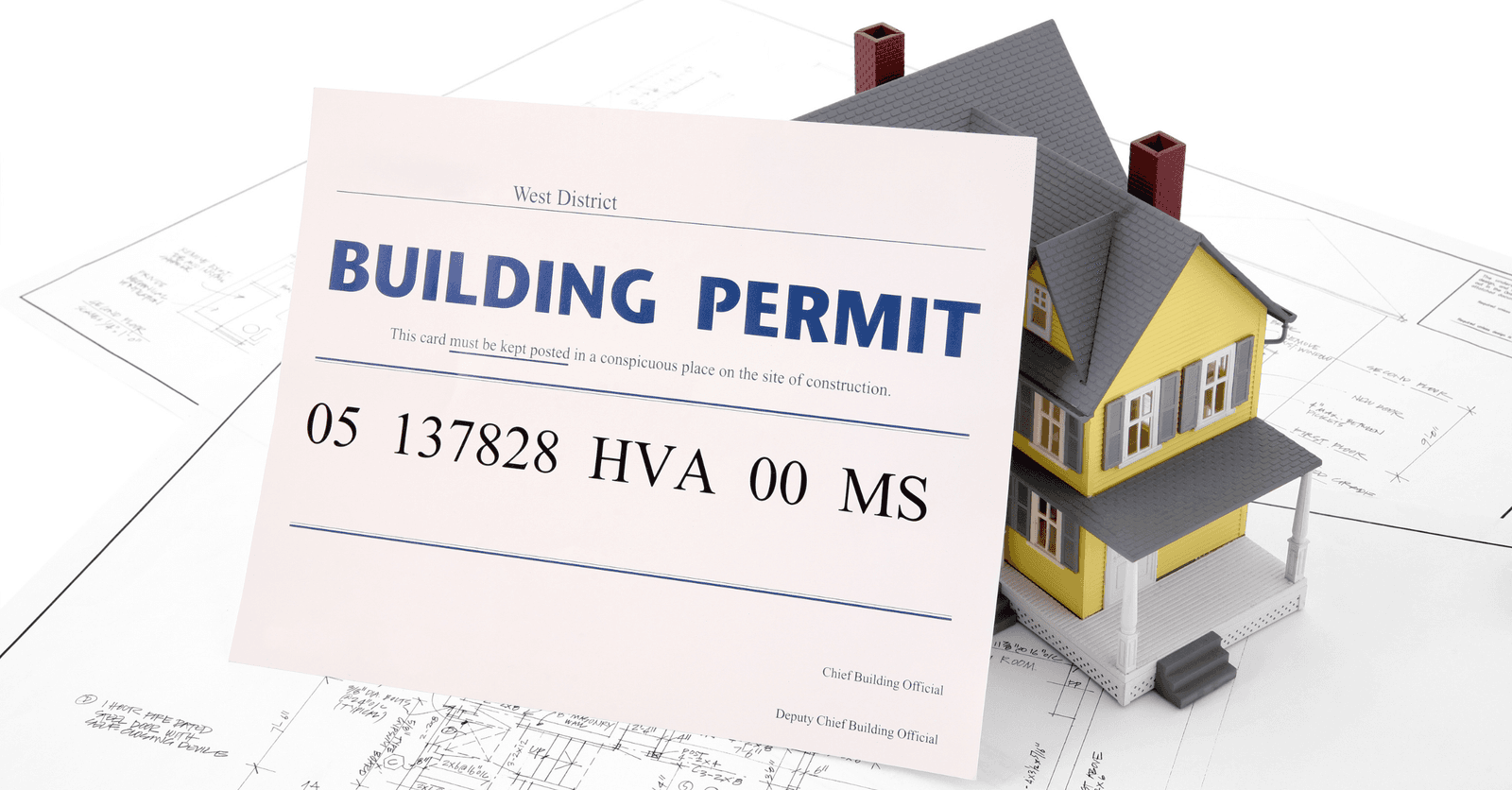
Amanda Harvey
•07 Nov 2023
Regardless if you’re a renovation novice or an expert, a contractor even, the world of building permit requests is tricky to navigate. Of course, if you’ve taken on a renovation project or two, then you’re most likely aware of everything that's of importance, like applying for permits in the first place. In 1976, Ontario established the Building Code Act, to regulate and increase renovation quality control while offering homeowners protection. Therefore, if you’re renovating a structure in the City of Ottawa, you have to determine whether or not a work permit is required.
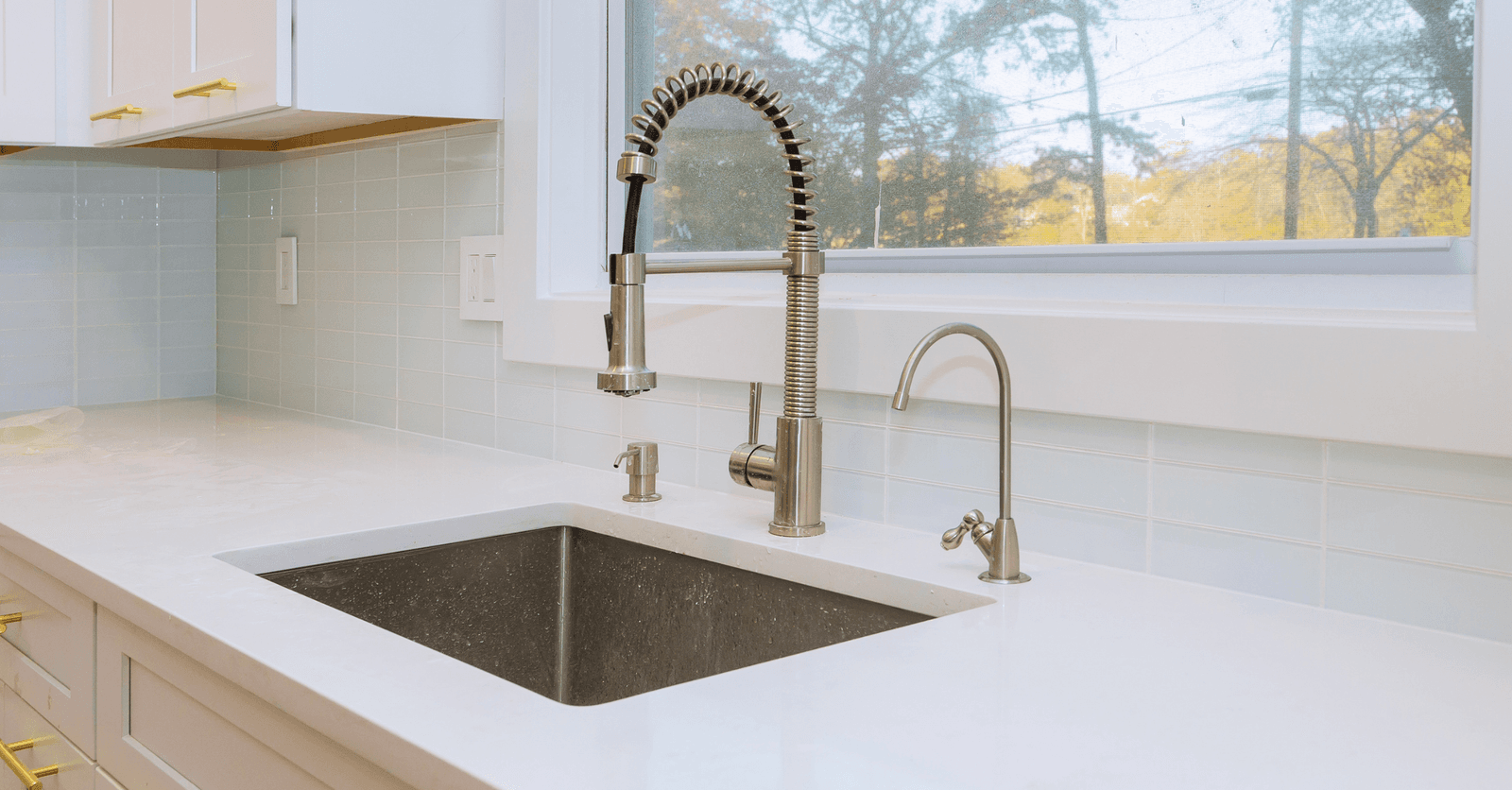
Editorial Team
•20 Nov 2023
Do you have to change your old kitchen sink? The models available on the market are just as wide-ranging as they are diverse, meaning finding the right sink for the job can be quite tricky! To help guide your decision, here’s a rundown of the leading sink models.

Paul Riopel
•24 May 2024
Whether you're renovating to accommodate a growing family, addressing structural issues, or simply modernising your living space, the decision to demolish or remove part of a brick wall in your home is a significant one.

Editorial Team
•24 Jul 2025
Without a doubt, one of the main elements to look for when buying a home is the envelope's energy efficiency. Besides ensuring optimal indoor temperatures, it minimizes heating and cooling needs, making the home impervious to drafts and water leaks.